The First Time I ran Out of Thread Saddle Stitching
I’m not going to completely re-hash the story of the first time where i had run out of thread while saddle stitching a Notebook cover. It’s in the description of the video. Basically what happened, though, is that I was stitching up what was probably my third project ever and ran out of thread not once. Not twice. But, thrice.
The result was an ugly stitch line with spots where I had obviously stopped and started my saddle stitch over again. You can see it on my Instagram if you scroll way down to when I started; although, I did a pretty good job of trying to hide those spots with camera angles.
The Easiest Way to Not Run Out of Thread
OK, But Tim, I Didn’t Listen to You and I just Ran Out of Thread. Now What?
Alright, alright it happens. If you weren’t able to prevent it and now you’re stuck wondering what to do, follow these steps:
- Do NOT cut your thread
- Loop it over top and tie a loose knot
- Use a new thread and start saddle stitching where you left off and tied the knot
- Finish stitching as you normally would
- Now go back and snip off the knotted strings
- Melt them and try to tuck them inside the stitching hole while they are still melted
This method has worked really well for me on more than one occasion. Full disclosure, I did not come up with it. I read it in one of Al Stohlman’s books. If you’re getting into leather work and haven’t read any of his stuff, it’s pretty much all gold. Anyway, here is the image I found that taught me this cool trick:

He suggests starting a hole back when you start your second stitch line, essentially making a back stitch. This will for sure make it slightly stronger, but it will then be visible. Starting where I suggest in the video should make it look like you never ran out, but is potentially a weak point if that area is a stress point.
I hope this helps you guys as much as it has helped me!
Are You a Beginner Leather Worker Looking to Get Started in Leather Craft?
Go check out my how to get started guide right here!




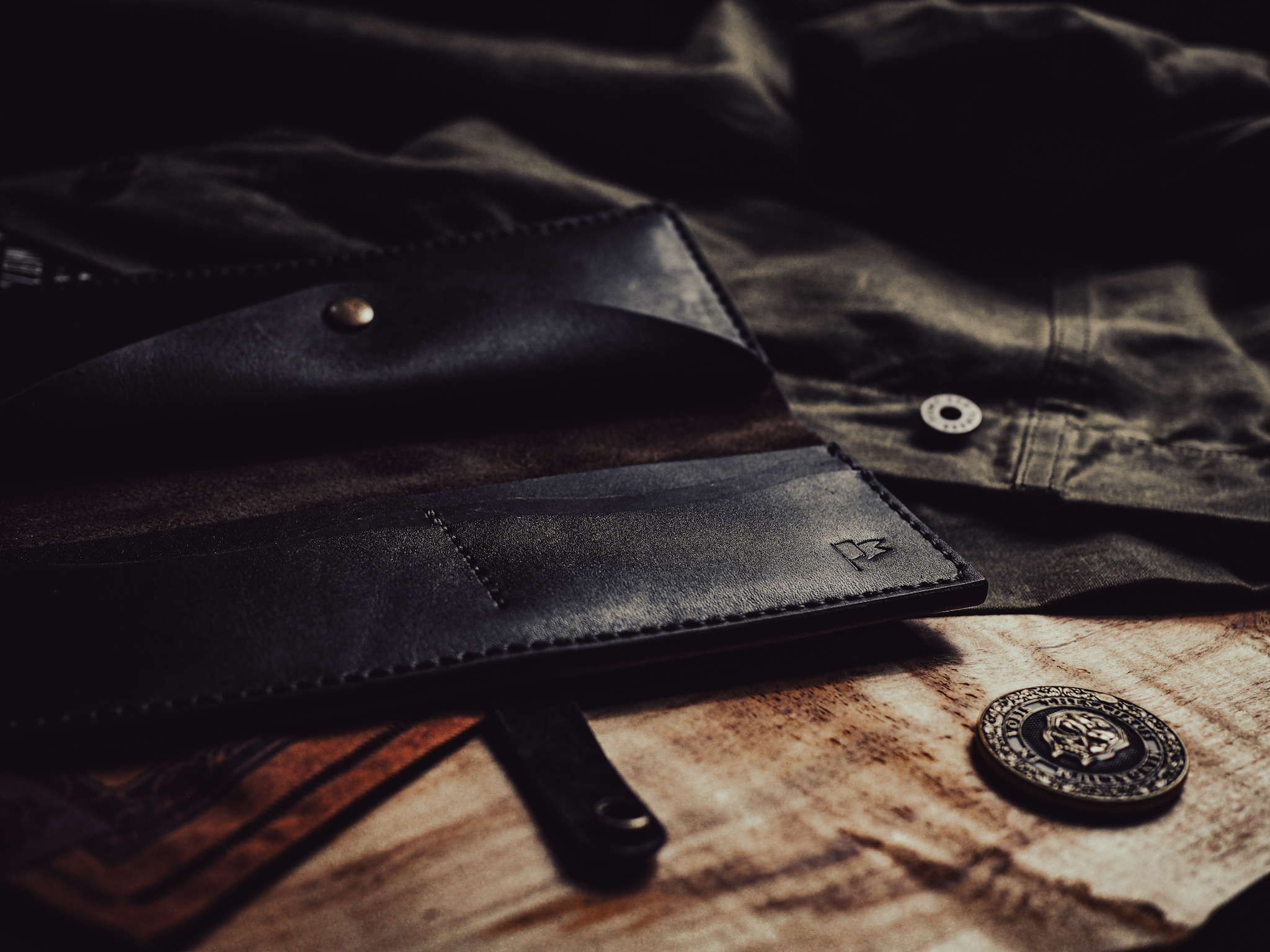

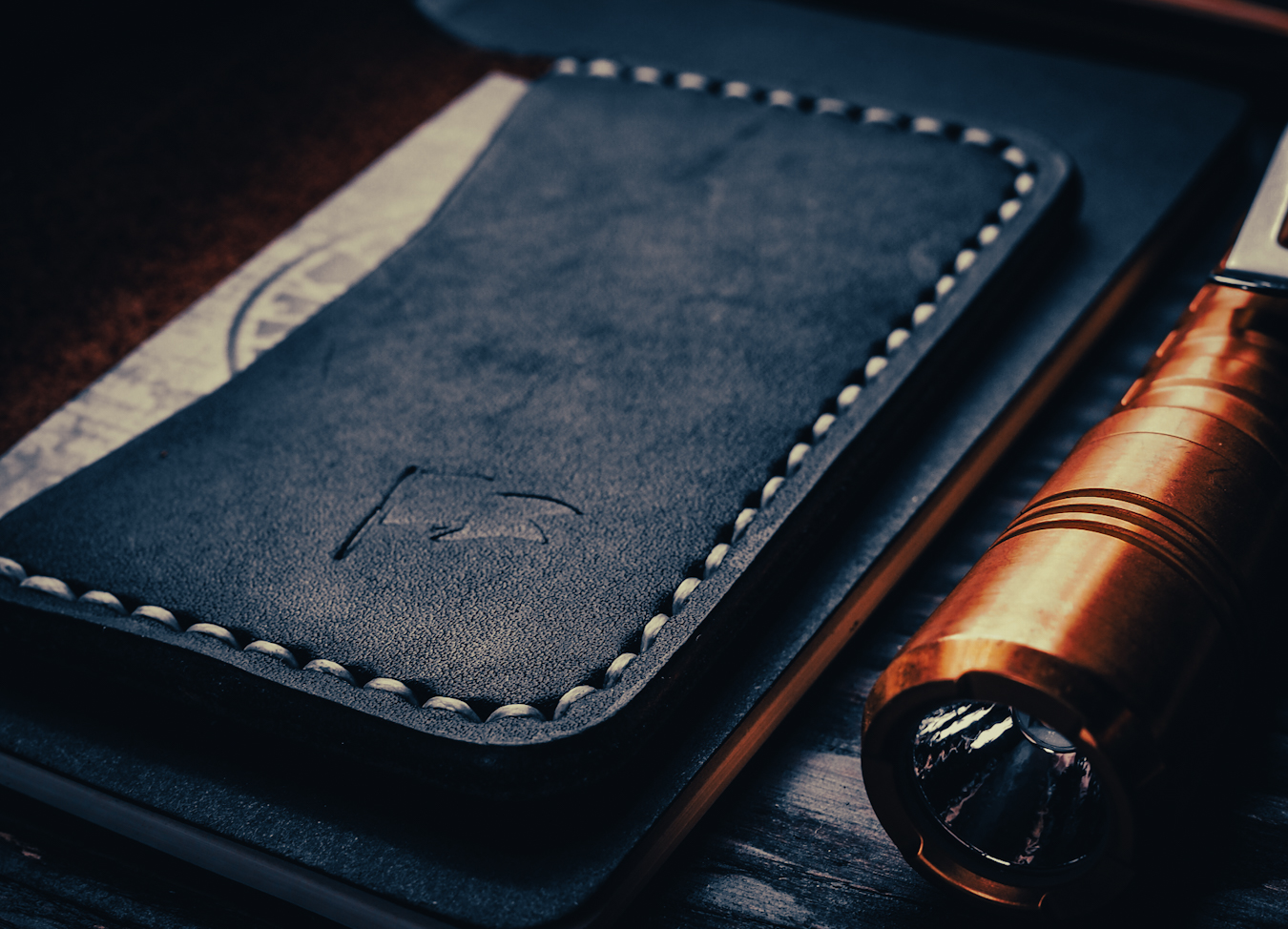
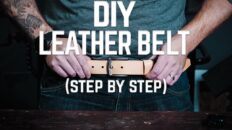



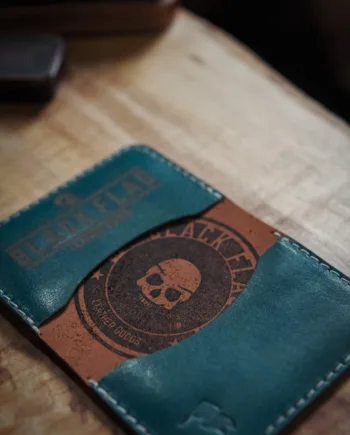
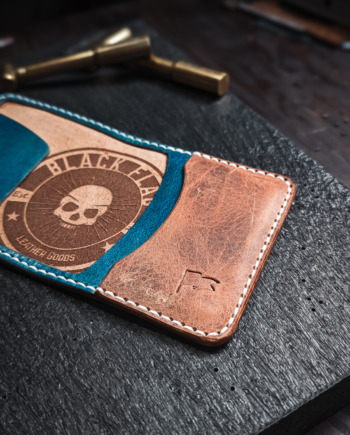
Add comment